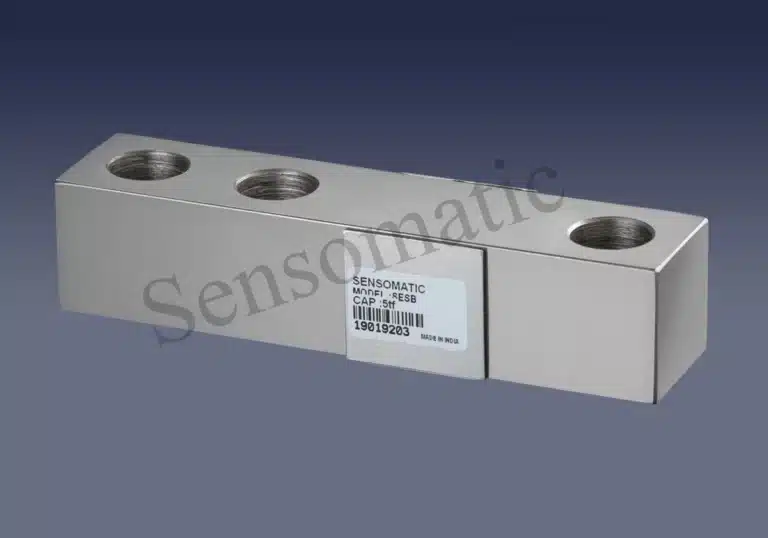Here’s the answer to the commonly asked question: what is a single ended beam load cells? Single-ended shear beam load cells offer flexible and affordable weighing solutions. In this single ended shear beam load cells, only one end of the device is used to measure weight. These load cells are widely applied in silo weighing, floor scales, light-duty platform scales, hopper scales, and several trade-permissible uses. Alloy steel is the preferred material for shear beam load cells, as it provides the strength to handle large weights efficiently. It is particularly suitable for harsh industrial applications.
The single ended shear beam load cells is electroless nickel-plated for corrosion resistance and includes a waterproof seal for environmental protection. With advanced manufacturing facilities, we produce a wide range of shear beam load cells to meet various industrial needs.




